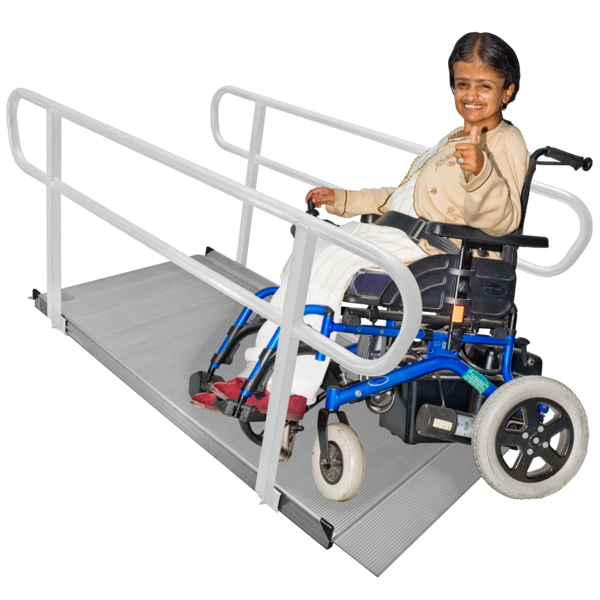Special educational needs (SEN) covers more than just
learning disability
 A learning disability is to do with the way someone's brain works. It makes it harder for someone to learn, understand or do things.
.
A learning disability is to do with the way someone's brain works. It makes it harder for someone to learn, understand or do things.
.
Special educational needs (SEN) can affect a child or young person’s behaviour, reading and writing, concentration levels, ability to understand things, or their physical ability (Gov.uk 2016).
Not all children and young people with SEN have a learning disability. In 2019/20, 80,135 children in England with a statement of SEN or an Education, Health and Care (EHC) plan had a primary SEN associated with learning disability or difficulty. This is only 29% of all children with a statement of SEN or an EHC plan (Gov.uk, 2020).
However, at the broader level of SEN support (previously School Action and School Action Plus), 228,315 children in England had a primary SEN associated with learning disability (Public Health England, 2020).

Most children with special educational needs (SEN) go to mainstream schools, with less than 10% attending special schools in the UK:
Most children with special educational needs (SEN) go to mainstream schools, with less than 10% attending special schools in the UK:
- In England in 2019/20, 9.3% of pupils with SEN attended special schools (Gov.uk, 2020).
- In Northern Ireland in 2021/21, that figure was 9.8% (DENI, 2021).
- In Wales in 2019/20, that figure was 5.3% (StatsWales 2020).
- In Scotland in 2020, 6.8% of pupils with additional support needs attended special schools (Scottish Government, 2021).
Research has shown that inclusive education, where SEN provision is incorporated into mainstream schools, is beneficial for academic achievement and social skill development (Wang, 2009).
However, pupils with SEN and their families can face challenges accessing the right educational support:
- According to a 2019 Department for Education
survey
 A survey is when someone asks you to answer some questions.
(DfE, 2020), 22% of teachers did not feel they were able to meet the needs of SEN pupils.
A survey is when someone asks you to answer some questions.
(DfE, 2020), 22% of teachers did not feel they were able to meet the needs of SEN pupils. - Ofsted Parent View data showed that in 2019 nearly a third (29%) of parents of pupils with special educational needs and disabilities would not recommend their child’s secondary school to another parent. This was nearly double the rate for parents of pupils without SEN (15.2%; CSJ, 2021).
- A 2018/19 survey found that only 14.9% of parents of disabled children surveyed said their child’s school provided information in a format
accessible
 Accessible means something is easy for people to use or join in with. For example: Accessible writing means the writing is easy to read and understand.
without them needing to make additional requests (ALLFIE, 2019).
Accessible means something is easy for people to use or join in with. For example: Accessible writing means the writing is easy to read and understand.
without them needing to make additional requests (ALLFIE, 2019).
Special educational needs are more commonly identified in boys than girls.
In 2019/20, 73.1% of all pupils with an EHC plan in England and 64.6% of pupils with SEN support were boys (Gov.uk, 2020).
Children with SEN are more likely to be eligible for free school meals than those without SEN.
The percentage of pupils in England with SEN support eligible for free school meals in 2019/20 was 29.9%, nearly double that for pupils with no SEN (14.9%; Gov.uk, 2020).
References
Centre for Social Justice (2021). Now is the time. A report by the CSJ Disability Commission.
Department for Education (2020). School snapshot survey: summer 2019.
Gov.uk (2016). Children with special educational needs and disabilities (SEND).
Gov.uk (2020). Special educational needs in England.
Scottish Government (2021). Pupil census 2020: supplementary statistics.
StatsWales (2020). Pupils with special educational needs by sector and year.
Wang, H.L. (2009). Should all students with special educational needs (SEN) be included in mainstream education provision? - A critical analysis. International Educational Studies, 2(4), 154-161.
Research references
Here you'll find full referencing for the Mencap research and statistics pages.
